Protocol Switching
Seamlessly supports multiple communication protocols (e.g., CAN, LIN, K-Line).

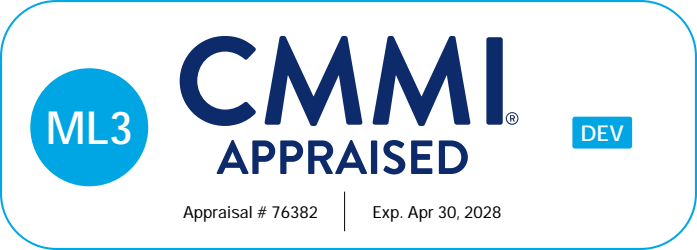


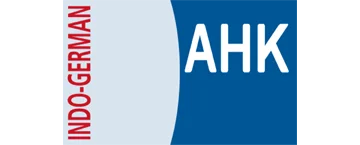
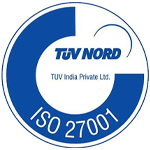
SAE J2534 is a standardized Pass-Thru communication protocol that allows reprogramming and diagnostics of vehicle Electronic Control Units (ECUs) using a universal interface.
It was developed by the Society of Automotive Engineers (SAE) to provide a common way for third-party tools to interact with vehicle ECUs. Its major use-case was flashing new firmware updates or reading and clearing diagnostic data.
Before J2534, OEMs used proprietary tools to update ECUs, making it difficult for independent repair shops and aftermarket tool vendors to access this functionality.
J2534 ensures interoperability between vehicle manufacturers, independent service providers, and hardware vendors.
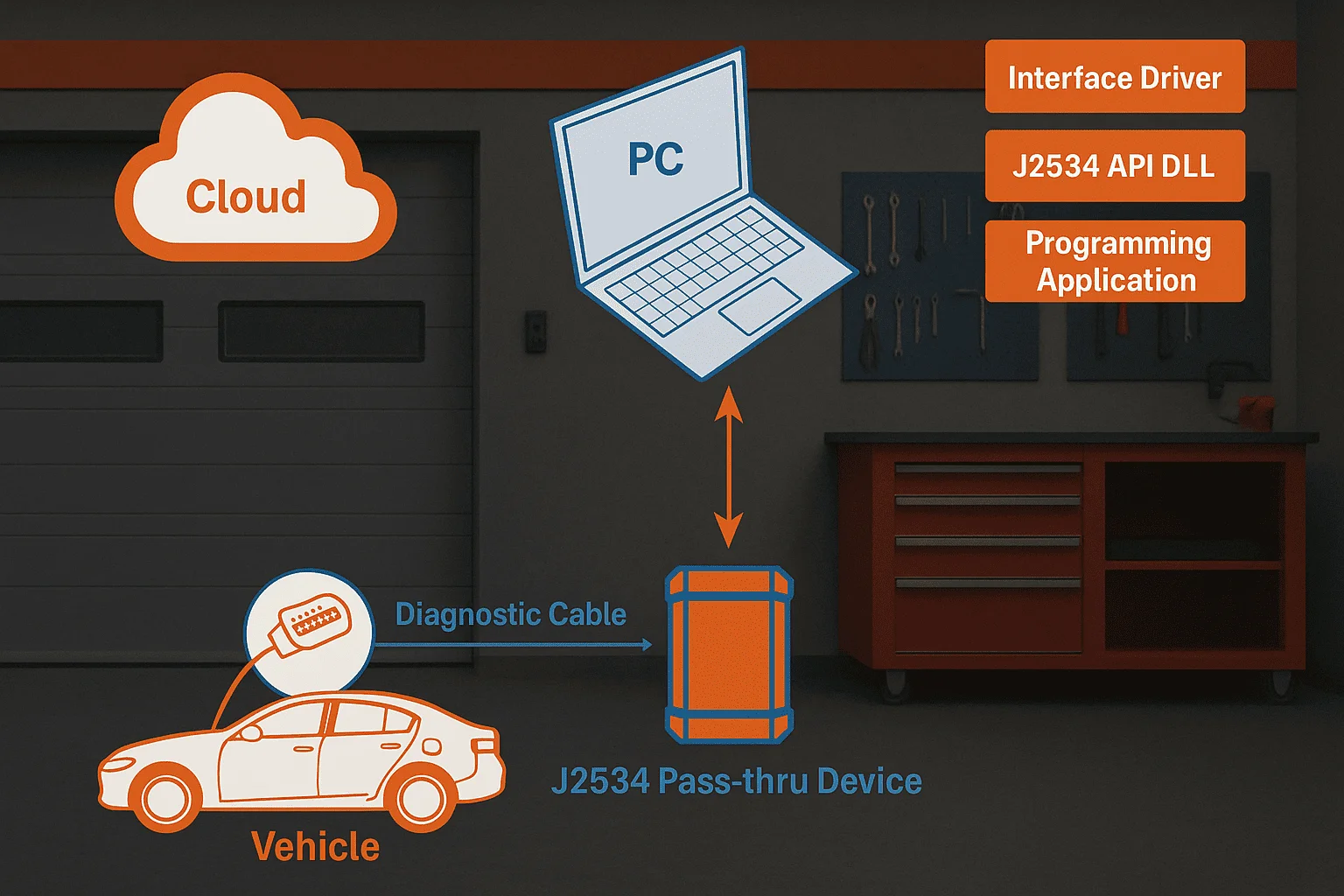
Customer:Automotive Tier-1 focused on telematics and connected mobility.
Challenge: Needed J2534 Pass Thru APIs (.dll) for PC-based ECU flashing and diagnostics.
Solution by Embitel:
Impact:Needed J2534 Pass Thru APIs (.dll) for PC-based ECU flashing and diagnostics.
Tools & Technologies:QT Tool, CANoe, Sample ECU
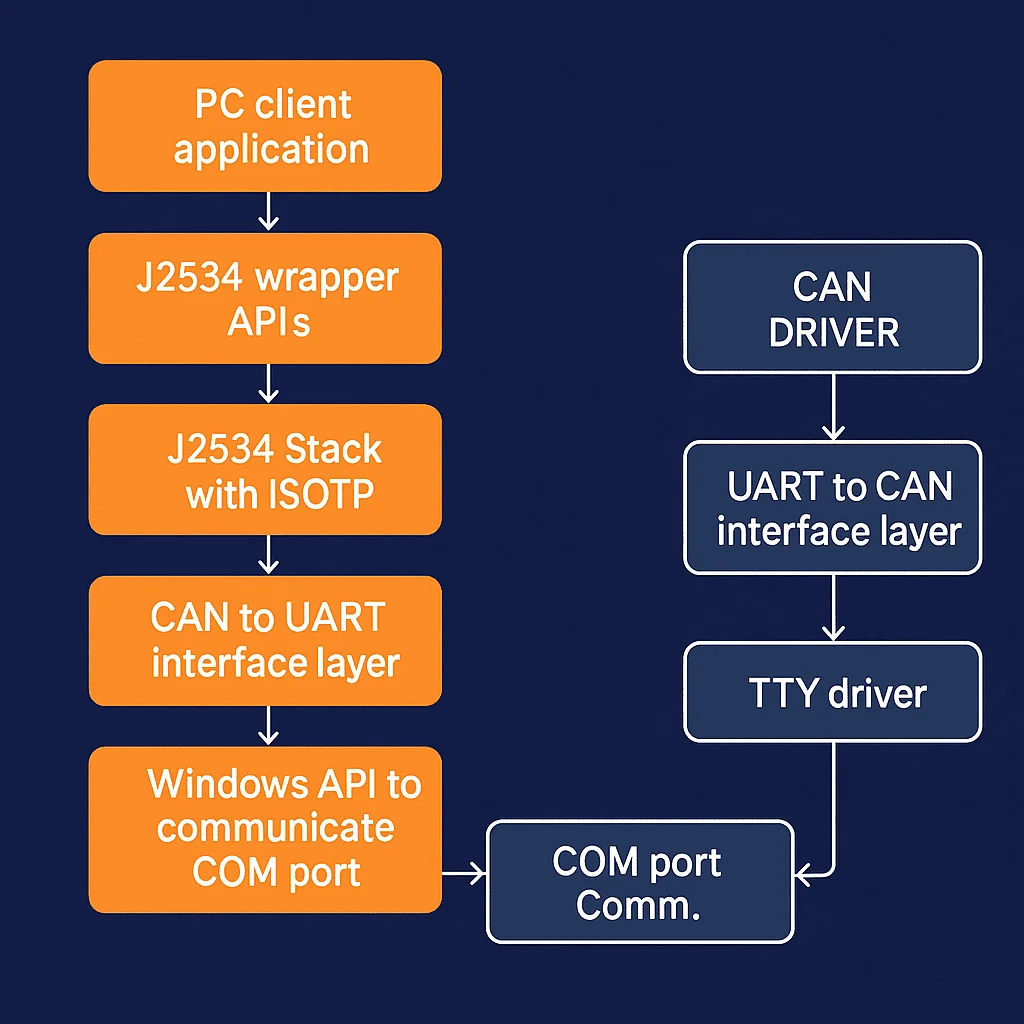
Customer:Tier-1 automotive firm developing a multi-protocol diagnostic tool.
Challenge:Faced integration and scalability issues while supporting CAN, LIN, and K-Line.
Embitel Solution:
Impact:
Saved 8–10 weeks in development, delivering a scalable, multi-protocol tool.
Tools & Technologies: OBD, PCAN, CANoe
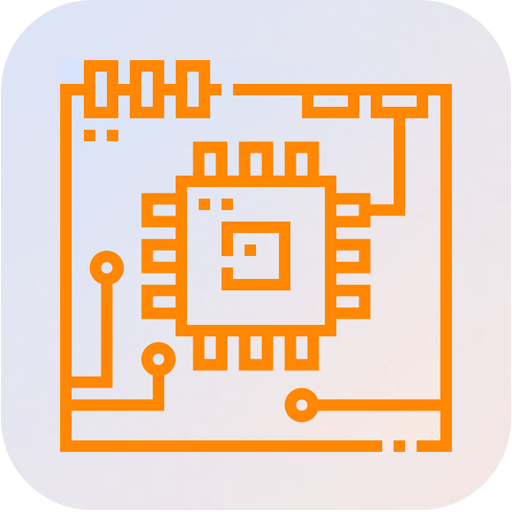
Enables hardware-independent communication between ECUs and diagnostic tools.
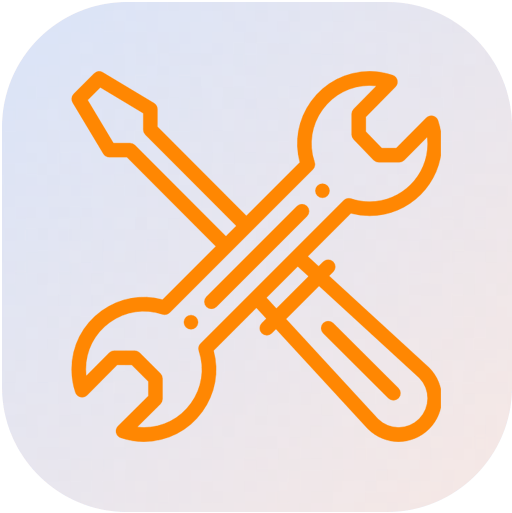
Tailored for use cases like ECU flashing or fault diagnostics and J2534 API integration.
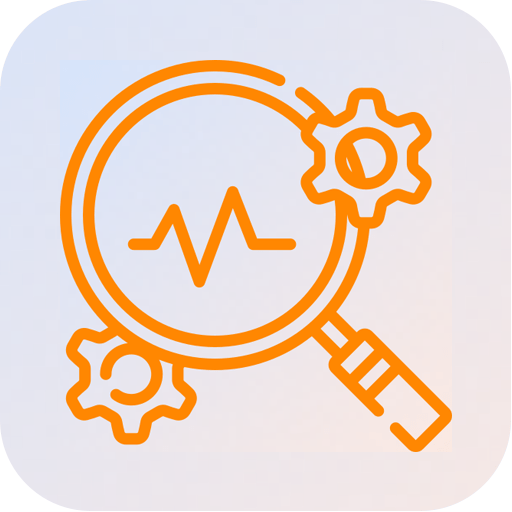
Supports OBD-II, UDS (ISO 14229), and KWP 2000 (ISO 14230) for diagnostic applications.
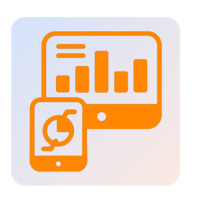
Manages ISO TP (ISO 15765) for seamless packetized data transmission over CAN.
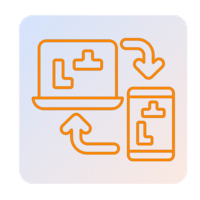
Works across multiple platforms including Windows.
Customers supported since 2010
Scalable and reusable Bootloader platforms delivered
quicker time-to-market enabled
lesser development time with PC-based automation tools
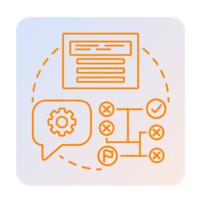

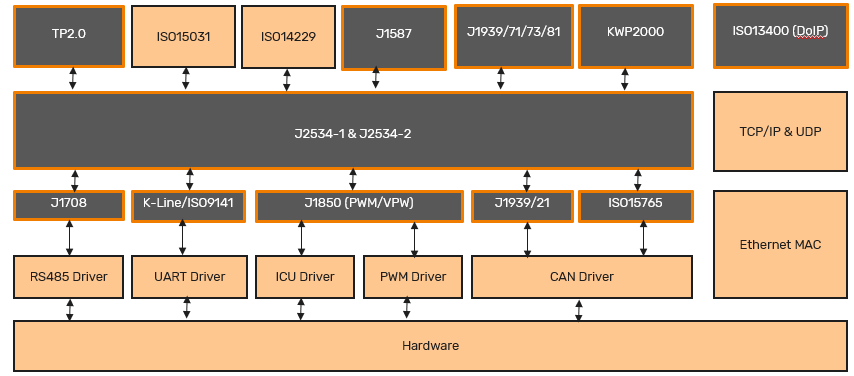
We have successfully integrated our J2534 stack into multiple production programs worldwide. Our extensive experience enables us to optimize ECU reprogramming and diagnostics through J2534, ensuring seamless communication between vehicle ECUs and third-party tools.
Our J2534 protocol software is designed to be fully configurable as per project specifications.
As a CMMI level 3 certified organization, we have a robust process model in place. This ensures that the J2534 stack along with other stacks are reliable, bug-free and efficient.
Our J2534 stack integration service comes with a well-defined support and maintenance process. The post-integration support begins as soon as we integrate the J2534 stack with your projects.
Ans: J2534 serves multiple purposes in vehicle diagnostics and ECU programming, including:
A J2534 Pass-Thru Device is a Vehicle Communication Interface (VCI) that connects a vehicle's OBD-II port to a computer running diagnostic or reprogramming software. It acts as a bridge between the ECUs and OEM software using J2534 standards.
A typical J2534 pass-thru device consists of:
Embitel’s J2534 stack supports:
The stack is designed to be hardware-independent and works with various VCIs.
| Feature | J2534 (J2534-1) | J2534-2 |
|---|---|---|
| Primary Purpose | ECU reprogramming | Extended diagnostics & additional protocols |
| Protocols Supported | Mandatory protocols for reprogramming | Adds optional protocols (e.g., DoIP, CAN FD) |
| OEM-Specific Extensions | No | Yes (supports proprietary extensions) |
| Security Access | Limited | Advanced authentication & security protocols |
| Support for Additional ECUs | Standard EV powertrain & emission-related ECUs | Covers infotainment system, chassis, body control module |
Embitel offers a flexible business model for its J2534 protocol stack, catering to different customer needs. We generally offer our J2534 protocol stack in the library format (.dll) for ease of integration and deployment.
However, if you have specific requirements, we are more than happy to customize our offering to meet your needs.
Yes, we do provide all test reports, low-level and high-level documents, MISRA-C report etc.